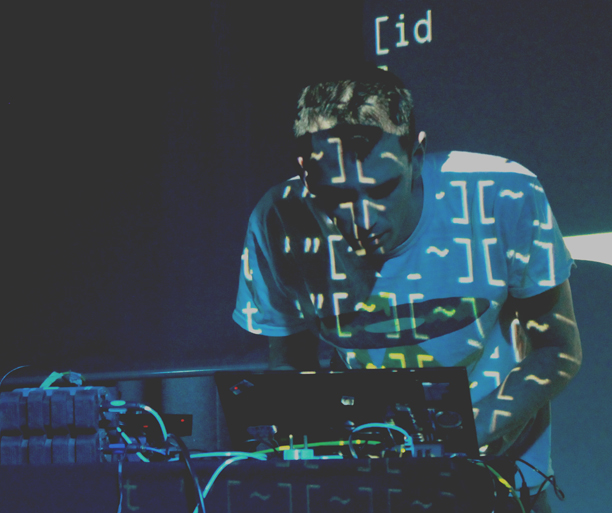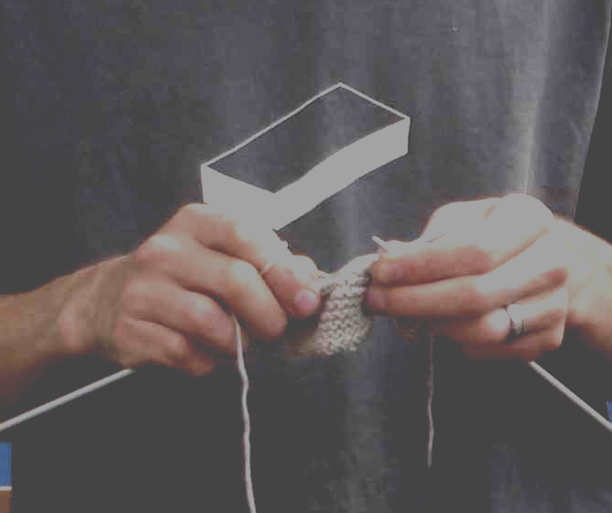// Keynotes ICLC 2017
Alex McLean
Alex McLean is an interdisciplinary artist, musician and researcher, with interests surrounding computer programming as a cultural activity, particularly Live Coding, where computer languages are used as creative, live interfaces for interacting with the world. Alex completed his PhD in Goldsmiths, University of London in 2011, with thesis "Artist-Programmers and Programming Languages for the Arts", leading to a research fellowship in the School of Music, University of Leeds. He now works as a researcher on the ERC PENELOPE project, applying live coding to investigate weaving as a technical mode of existence, based in the Research Institute of the Deutsches Museum, Munich. He lives in Sheffield UK, with his family of people and cats.
He has enjoyed being an active member of electronic art communities for 17 years, co-founding the runme software art repository, the dorkbot meetings in London and Sheffield, the TOPLAP live coding and Algorave algorithmic dance music movements, international conferences on live coding and live interfaces, and the AlgoMech festival of Algorithmic and Mechanical Movement. He also instigated TidalCycles, a livecoding environment for exploring musical pattern. He has performed with his software widely around the world, including as part of many collaborations including Slub, Canute, aalleexx, xynaaxmue, and sound choreography <> body code. He performs solo as Yaxu, currently working on his slightly overdue solo album Spicule, released real soon now on the Computer Club label.
Patterns run throughout live coding practice. They crop up at all levels, in software architecture heuristics, low-level machine code operations, and of course in the music and visuals we make.
In essence, a pattern is where we perceive in the structure of an outcome, the structure of its making. In terms of live coded music, it's where we perceive code in the music, where we *hear* code. The relation between code and music is straightforward in some forms of pattern, such as repetition and reflection. It is less predictable in other forms, such as interference patterns. When a live coder creates music from simple interferences, they are already working beyond their imagination.
In this talk I'll introduce some patterns I have known and loved, drawing from 17 years of writing code to make music to dance to, using TidalCycles, and any older systems I can find and get working.


